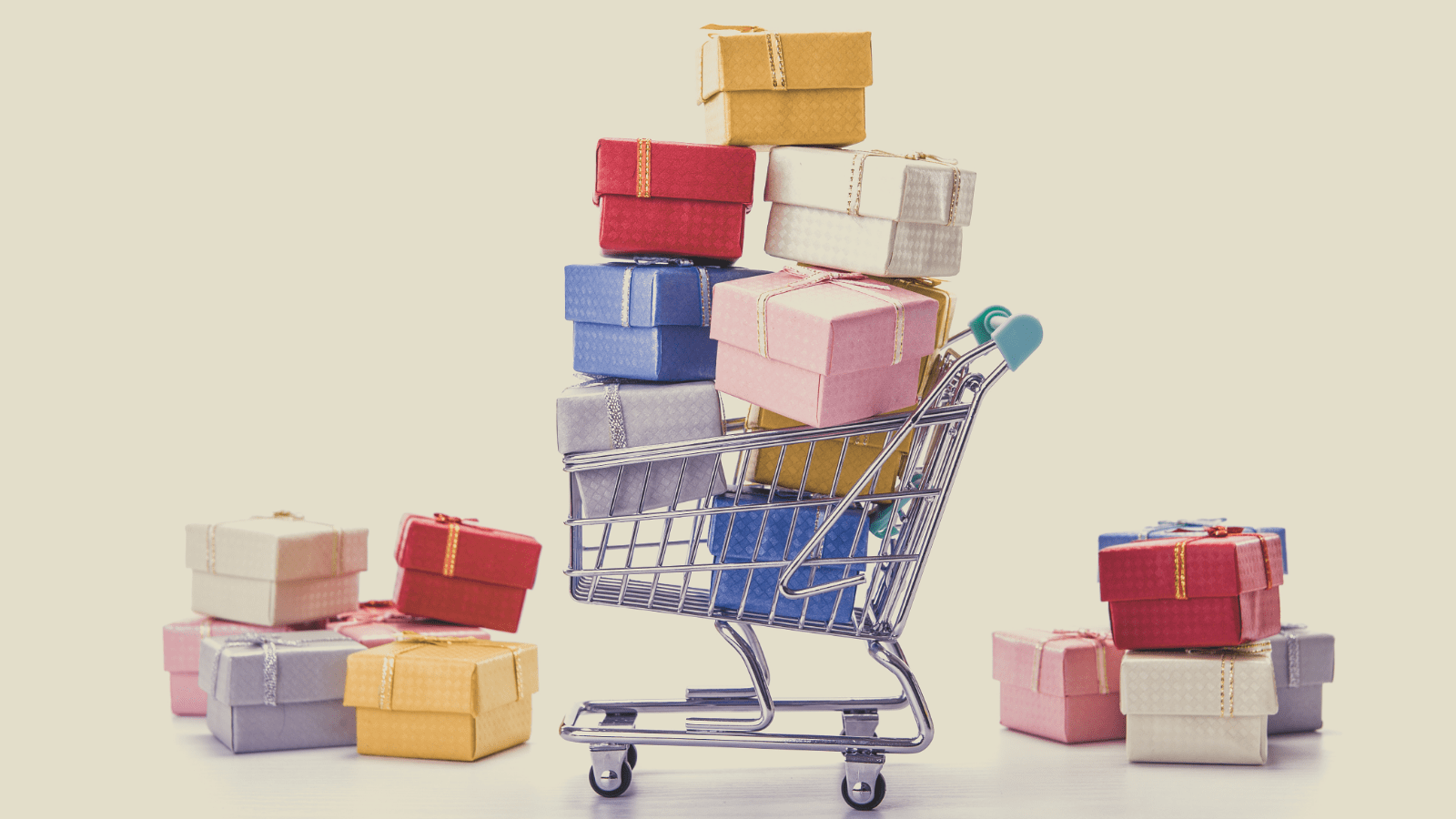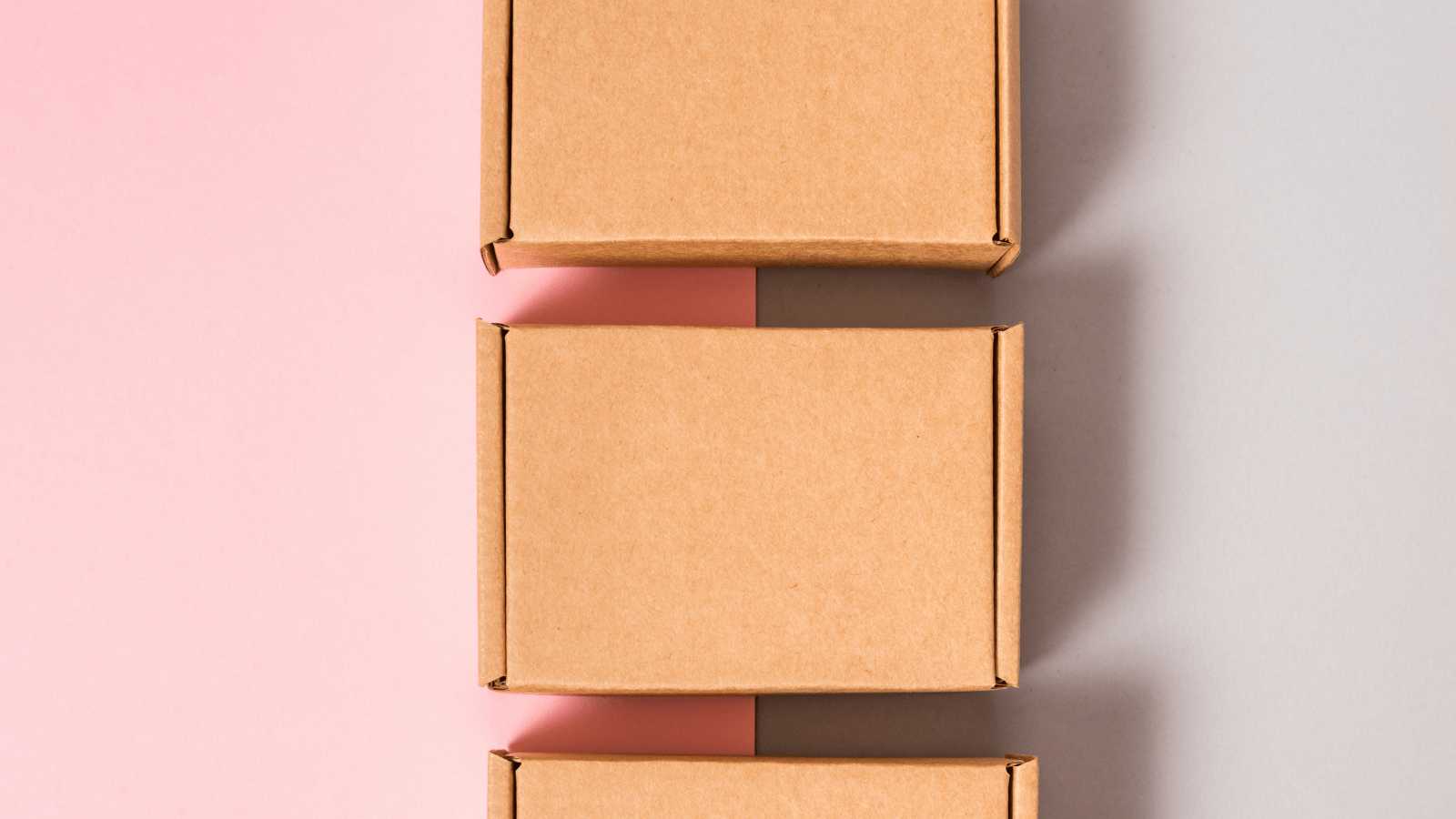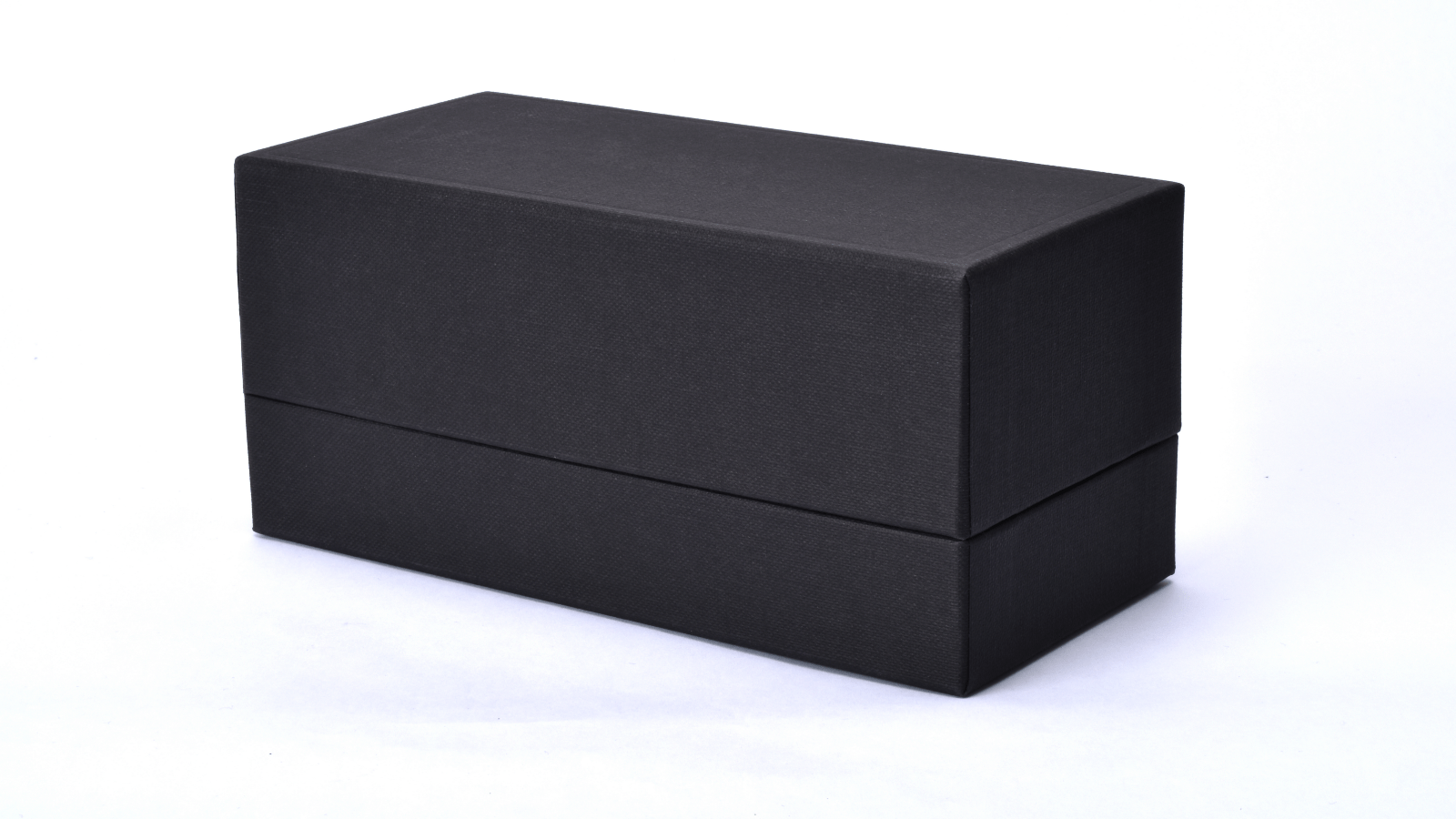Top 10 Packaging Companies in India 2026: Types, Prices And Features to Look For
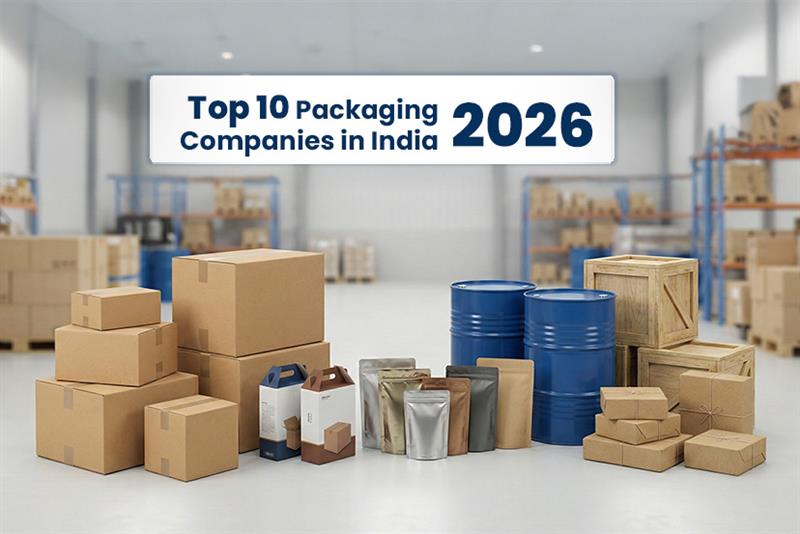
Top 10 Packaging Companies in India 2026: Types, Prices And Features to Look For
As we are heading towards rapid industrial growth, the packaging process and transformation cannot be neglected in driving the success of industries. The emergence and significance of packaging materials play a pivotal role in the growth of e-commerce, FMCG, pharmaceutical, and global export opportunities. Even the progressive approach towards sustainable packaging has changed the business game. Therefore, every business and industry prioritizes the right type of packaging for products from various trusted and reputable brands. Keeping its importance at peak, we have collected the latest data for the top 10 packaging companies in India (2026), offering complete packaging solutions. However, if you are looking to buy packaging materials in bulk, then Moglix is the one-stop destination to procure them seamlessly. With this guide, you will be able to find the best packaging companies suitable for your products and analyze the pricing expectation, their offering, and key features that meet your packaging requirements.
Why Packaging Matters in 2026?
Packaging has become an influential, sustainable, and eye-appealing aspect for many industries, especially products like personal care, logistics, food and beverage, and pharmaceutical. Therefore, businesses want to stand out in every segment of their product efficiency, while focusing on below listed factors:
- Sustainability & recyclability
- Cost efficiency
- Durability & protection
- Compliance with food/ pharma safety standards
- Brand appeal & customization
We’ll cover both industry leaders and what makes them stand out in 2026.
Check Out the Complete List of Top 10 Packaging Companies In India (2026)
If you are also among those businesses and industries looking to procure the best packaging materials from reliable sources, then Moglix is the one-stop destination to avail them seamlessly. We have provided you with the list of the best packaging brands you can rely on.
1. Uflex Ltd.
One of the highly rated and renowned packaging companies, Uflex Ltd, offers a complete and flexible packaging solution around the globe. They ensure the procurement of packaging solutions like printed films, flexible pouches, and high-barrier laminates for food items, covering the entire FMCG and medical sectors. The price range of their packaging material falls between ₹6–₹12 per unit, and printed films range between ₹150–₹300 per kg. The company is well known for providing ISO and FDA-certified and sustainable packaging solutions.
2. Essel Propack Ltd. (EPL)
Essel Propack Ltd., also known as EPL, is a reputed brand based in Mumbai offering top-quality laminated tube packaging solutions. The company has been serving industries like cosmetics, pharmaceuticals, and personal care. The price of their packaging materials falls between ₹5–₹30 per piece, depending on the size and printing requirement.
3. TCPL Packaging Ltd.
TPCl is a leading manufacturer in the segment of packaging material, specializing in cartons and cardboard solutions. The company has been serving major sectors like liquor, FMCG, and pharmaceuticals, offering a wide range of packaging solutions. The folding or coagulated cartons cost between Rs 8 to 40 per piece, based on design and size requirement.
4. Jindal Poly Films Ltd.
Headquartered in Nashik, Jindal Poly Films Ltd. is a major producer of polyester and polypropylene films used in flexible and specialty packaging. Its product portfolio includes BOPP, PET, and CPP films widely used across food, consumer goods, and industrial applications. Film prices generally range from ₹120–₹260 per kg. The company benefits from a backward-integrated supply chain and ongoing capacity expansion driven by recent investments.
5. Huhtamaki PPL Ltd.
This packaging company has wide horizons in the global market, specializing in overall packaging solutions. The company’s objective is to fulfill the primary packaging and labeling for various industries like Food and beverage, Pharmaceutical, and personal care brands. They have a diverse range of products for various premium to mid segments, typically priced between ₹7–₹20 per piece.
6. Polyplex Corporation Ltd.
Polyplex Corporation is a Noida-based firm and a leading manufacturer of packaging solutions, offering BoPET polyester films. The company mostly focuses on electrical insulation packaging solutions and industrial equipment packaging. The price of their products falls between ₹150–₹300 per kg.
7. Manjushree Technopack Ltd.
Manjushree Technopack Ltd. is a Bangalore-based firm and a prominent player in the manufacturing of packaging materials. They have been supplying a wide range of packaging materials, such as PET, HDPE, PP bottles and containers to FMCG groups, dairy industries, and pharmaceutical industries. The container price range falls between ₹10–₹50 per unit. They are well known for customization options according to the project requirements.
8. Cosmo Films Ltd.
Cosmo Film Ltd is a Delhi-based packaging material manufacturing company for specialty films and BOPP. They are widely known for lamination and flexible packaging solutions across various markets. Their products usually fall between ₹140–₹280 per kg.
9. Balmer Lawrie & Co. Ltd.
Balmer Lawrie & Co. Ltd. is a leading, reputable, and long-established packaging solution manufacturer offering multi-material packaging and covering a large segment of industries continuously for many years. They offer a wide range of packaging materials like barrels, large containers, and heavy-duty sustainable packaging for various industries and sectors. Their industrial packaging products typically start from ₹1,000 per unit and above.
10. Parksons Packaging
Parksons Packaging is an India-based company known for carton and specialty packaging solutions. It serves retail, FMCG, and luxury product segments with a strong focus on visual appeal and innovation. Customized cartons and packaging solutions generally range from ₹10–₹50 or more per unit. Parksons stands out for its design-centric approach and increasing use of sustainable packaging materials.
Types of Packaging & Applications
It is necessary to understand types sof packaging solutions provided by above above-listed brands and companies.
| Packaging Type | Common Uses |
| Flexible films & pouches | Snacks, beverages, and pharmaceuticals |
| Laminated tubes | Toothpaste, cosmetics, creams |
| Folding cartons | Liquor, pharma, retail boxes |
| Rigid plastic containers | Bottles for liquids, chemicals |
| Polyester/BOPP films | Labeling, lamination, barrier packaging |
Features to Look for When Choosing a Packaging Company
1. Material & Quality
- Barrier properties (oxygen/moisture resistance)
- Food-grade certifications (FDA, ISO)
2. Sustainability
- Recyclable or biodegradable materials
- EPR (Extended Producer Responsibility) compliance
3. Customization & Design
- Print quality & graphics
- Shapes, sizes, and structural design
4. Cost & Scale
- Competitive pricing
- Minimum order quantity (MOQs)
5. Delivery & Support
- Lead times and logistics reliability
- Technical support and R&D partnership
Typical Price Considerations (2026)
Pricing varies widely based on material, print quality, volume, and customization:
| Packaging Type | Approx. Price |
| Flexible pouches | ₹6–₹12 per pouch |
| Printed films | ₹150–₹300 per kg |
| Laminated tubes | ₹5–₹30 per tube |
| Cartons | ₹8–₹50 per piece |
| Plastic bottles | ₹10–₹50+ |
Final Thoughts
India’s packaging landscape in 2026 balances innovation, cost-efficiency, and sustainability. Whether you’re sourcing flexible packaging for food products, premium cartons for retail goods, or industrial containers for liquids or chemicals, there’s a top-tier company to match your needs. However, if you are looking to procure packaging materials and solutions in bulk, Moglix is the right platform to purchase them efficiently. Moglix ensures the procurement of primary, secondary, tertiary, and sustainable packaging at the most competitive prices from reputed and reliable brands, delivering to thousands of pin codes across India.
Why You Should Buy Packaging Material Wholesale Online: A Complete Guide for Smart Businesses

Why You Should Buy Packaging Material Wholesale Online: A Complete Guide for Smart Businesses
In today’s fast-paced supply chain and e-commerce environment, high-quality packaging materials aren’t optional; they’re essential. Whether you run a manufacturing unit, operate a retail shop, ship products daily, or manage a warehouse, the right packaging ensures product safety, reduces transit damage, and enhances your brand’s reputation.
Buying packaging materials wholesale online from trusted platforms like Moglix Packaging (packaging.moglix.com) has become the preferred choice for businesses of all sizes. Here’s an in-depth look at why online wholesale purchasing is a game-changer and how you can choose the right packaging products for your needs.
Top Reasons to Buy Packaging Material Wholesale Online
1. Wide Range of Packaging Products Under One Roof
Online wholesale platforms offer an unmatched variety of packaging items. Instead of relying on multiple offline suppliers, you get everything in one place, including:
- Corrugated boxes
- Bubble wrap & protective packaging
- Stretch film & shrink film
- Tapes and adhesives
- Courier bags & poly mailers
- Strapping & bundling materials
- Pallets & pallet accessories
- Industrial packaging materials
- Custom packaging solutions
This helps businesses streamline procurement and save valuable time.
2. Lower Prices with Wholesale Buying
Buying in bulk directly reduces per-unit cost.
Online platforms cut out middlemen and provide:
- Bulk discounts
- Seasonal offers
- GST invoicing
- Additional savings through subscription or repeat orders
It’s one of the most effective ways to reduce packaging expenses without compromising quality.
3. Superior Quality & Standardized Products
Reliable online suppliers follow strict quality standards. When you buy online:
- You receive consistent product quality
- Every batch matches the same specifications
- Defective and low-quality material is minimized
For businesses shipping regularly, this consistency is crucial.
4. Easy Comparison & Better Decision Making
Offline buying doesn’t allow easy comparison. Online platforms show:
- Detailed product specifications
- Customer reviews
- Technical sheets
- Price comparison across brands
This makes choosing the right packaging material easier and more transparent.
5. Quick Delivery Across India
Platforms like Moglix Packaging offer fast and reliable delivery. You receive packaging stock on time whether for daily dispatch operations or emergency restocking.
Types of Packaging Materials You Can Buy Online
Here’s a quick overview of popular packaging materials available on Moglix Packaging:
1. Corrugated Boxes
- 3-ply, 5-ply, and 7-ply cartons
- Custom-sized boxes
- Heavy-duty boxes for industrial shipping
Ideal for e-commerce shipments, fragile goods, and bulk packaging.
2. Protective Packaging
- Bubble wrap rolls
- Air pillows
- Foam sheets
- Thermocol (EPS) sheets
These materials keep delicate products safe during transit.
3. Tapes and Adhesives
- BOPP packing tape
- Masking tape
- Industrial adhesive solutions
- Dispensers and tape guns
Quality tape ensures secure packing and reduces tampering risks.
4. Stretch Film & Shrink Wrap
Used widely in warehouses to bundle, wrap, or secure pallets.
Available in multiple thicknesses and roll sizes.
5. Poly Mailers & Courier Bags
Tamper-proof packaging for e-commerce and courier shipments such as:
- POD jacket bags
- Tamper-evident courier pouches
- Bubble mailers
6. Strapping & Bundling Materials
- PP strapping rolls
- PET straps
- Buckles & sealers
- Strapping machines (semi-auto/automatic)
Perfect for heavy-duty packaging in manufacturing units.
How to Choose the Right Packaging Material (Buying Guide)
1. Identify Your Packaging Needs
Ask yourself:
- What products are you shipping?
- Are they fragile, heavy, or unusual in shape?
- How far are they shipped?
This helps determine whether you need lightweight packaging or heavy-duty materials.
2. Choose the Correct Load Type
- Light load: Courier bags, 3-ply boxes, small bubble wrap
- Medium load: 5-ply boxes, stretch films, PET straps
- Heavy load: 7-ply boxes, wooden pallets, industrial straps
3. Prioritize Protective Packaging
If your products are delicate, invest in:
- Bubble wrap
- Foam rolls
- Air cushions
This reduces returns and customer complaints.
4. Check Product Specifications Carefully
Before you buy, verify:
- GSM or thickness of materials
- Ply count for boxes
- Length/width of rolls
- Tensile strength for straps
Minor differences in specs can significantly affect protection and durability.
5. Look for Trusted Online Platforms
Choose suppliers known for quality, service, and reliability.
Moglix Packaging offers:
- Trusted brands
- Verified sellers
- GST billing
- Easy returns
- Bulk pricing
This ensures peace of mind and long-term savings.
Conclusion
Buying packaging material wholesale online is no longer just a budget-friendly option—it’s a strategic upgrade for businesses looking to improve efficiency, reduce costs, and access a complete range of packaging supplies in one place. Platforms like packaging.moglix.com provide high-quality, affordable, and reliable packaging solutions with fast delivery across India
The Complete Guide to Primary, Secondary, and Tertiary Packaging
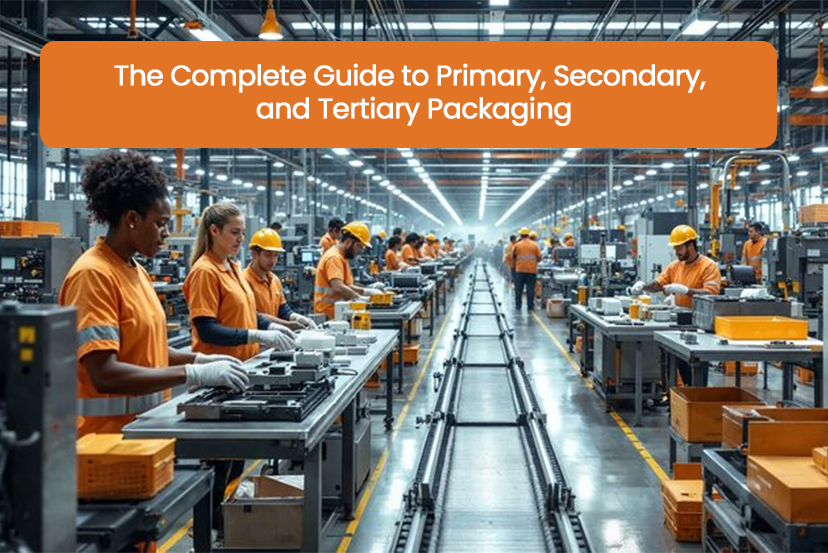
The Complete Guide to Primary, Secondary, and Tertiary Packaging
Wait-Which Packaging Is Which Again?
We have to admit that distinguishing between different types of packaging can rapidly become confusing. Primary, secondary, and tertiary levels can rapidly sound like a textbook chapter no one has requested.
Nonetheless, doing all of them correctly, consequently, being deliberate with each and every step and stage is crucial, especially in managing the costs, protecting the product, and ultimately the user’s experience.
This is why, in order to provide better customer service, protect the product, and move rapidly while still saving money, it is important to understand the relevant context in which different levels of packaging exist.
Let’s get into it.
First Up: What Are the 3 Levels of Packaging?
Think of packaging in layers. Each layer plays a different role, and they all work together to move your product from factory to shelf (or doorstep) safely and efficiently.
1. Primary Packaging – The Closest to the Product
We have to admit that distinguishing between different types of packaging can rapidly become confusing. Primary, secondary, and tertiary levels can rapidly sound like a textbook chapter no one has requested.
Examples:
- A bottle filled with shampoo
- A tablet in a blister pack
- A pack of chips
Why it matters:
- Keeps the product sanitary, sealed, and functional
- Contains legal information, expiration dates, and instructions for use
- Enhances shelf appeal and user experience
For the pharma or food industries, primary packaging must also comply with strict hygiene and safety regulations. It’s about more than aesthetics—it’s about legality and consumer trust.
2. Secondary Packaging – Grouping & Branding Layer
This is the packaging that combines several primary units for both logistics and branding.
Examples:
- A cardboard box containing six tubes of toothpaste
- A printed box that surrounds a bottle of perfume
- A tray of bottled water that is shrink-wrapped for easy transport
Why it matters:
- Simplifies storage, stacking, and shipping
- Provides extra space for branding
- Offers more protection during transport
- Streamlines barcode scanning, bundling, and tracking
Secondary Packaging is often the level at which businesses can begin optimizing for cost without impacting the product or customer experience. Design, volume, and materials all play a significant role.
3. Tertiary Packaging – Layer for Transporting and Bulk Handling
The final layer focuses on the ease and effectiveness of bulk handling and shipment. Although not often appreciated by the clients, it is instrumental to the shipment of products without any form of quagmires.
Examples:
- Pallets
- Stretch wrap
- Large shipping cartons
- Crates or bulk boxes
Why it matters:
- Protects goods in transit
- Maximizes transport efficiency
- Helps prevent loss and damage
- Key to warehouse and 3PL workflows
For businesses operating on an extended domain, a tertiary packaging layer can help minimize carbon, operational costs, and improve overall business efficiency.
How These Layers Work Together
Let’s bring in a practical case scenario for this:
Cough syrup in a bottle.
- The bottle is the primary packaging
- The printed carton it comes in is the secondary
- The corrugated box used to ship 48 cartons to a pharmacy is the tertiary packaging
Each layer has a distinct design and purpose. However, cooperation is crucial. If a layer contains a different form of construction, it is bound to create overspending or damaged cargo and pose compliance problems.
Why You Should Care (Even If You’re Not in Packaging)
This is the part where it gets a bit more interesting.
Regardless of whether your area of focus lies in operations, procurement, sustainability, or finance, understanding how these disciplines function both individually and in tandem between silos is essential as it provides:
- Cost savings: Is it possible there is excessive packing or redundant protection for products in multiple layers of packing?
- Sustainability: Can materials used in secondary or tertiary packing be decreased without compromising safety?
- Effectiveness: Do your packing formats cause delays in the warehousing system or increase freight expenses?
- Customer experience: Does your primary package impress your customers or is it just functional?
Smart businesses are using packaging reviews to cut waste, improve margins, and simplify logistics across the board.
A Quick Cheat Sheet
| Packaging Layer | Touches Product? | Main Purpose | Key Users |
| Primary | Yes | Protects product, informs user | Consumers, regulators |
| Secondary | No | Bundles, brands, protect | Retailers, logistics |
| Tertiary | No | Bulk handling, storage, transport | Distributors, 3PLs |
Where Optimization Usually Begins
If it is a matter of increasing efficiency or decreasing costs, this is where the majority of companies focus their efforts:
- Tertiary packaging: Changing out heavy boxes for lighter-weight corrugates, optimizing palletization, and improving dunnage systems.
- Secondary packaging: Rightsizing boxes, eliminating redundant empty space, and over-structuring inner cartons.
- Primary packaging: While this may be complicated to change, it is still worth investigating to achieve savings or extend shelf life.
There is no requirement to change everything in one go. A thorough evaluation of packing and shipping one product line or one use case is often a good start, and then gradually increasing focus as you gather tangible evidence is most effective.
Final Thought: Do not place Packaging at the Bottom of Your Priority List
If you are only considering packaging at the end of the product life cycle, you are likely missing out on a huge potential.
There’s a distinct part for each layer-primary, secondary, and tertiary. How about when they are crafted in isolation? That’s when costs start creeping in, damage rates rise, and shipping inefficiencies proliferate.
The companies overcoming this challenge are not merely concerned about packaging-they are concerned about packaging strategy. And it is paying off.
Because, packaging is not a mere box. At the end of the day, packaging is a business lever.
A closer look at corrugated box packaging: And why it is the future of a circular economy

A closer look at corrugated box packaging: And why it is the future of a circular economy
Why corrugated boxes fit perfectly into the narrative of a circular economy
The American Forest & Paper Association had some encouraging news to report last year; a colossal 91.4% of old corrugated containers (OCCs) were recycled in the U.S. in 2021. Also, corrugated packaging ranks among the most recyclable options elsewhere in the world. This makes it a natural choice to pursue a circular economy, where resources are used, reused, and recycled in a closed loop — thus preserving natural resources and minimizing waste and pollution.
But even beyond their recyclability alone, corrugated boxes are the ultimate expression of a circular economy because they are sustainable across the product life cycle, from manufacture to recycling. Here’s how.


Manufacture and production
Life cycle assessment reports reveal that corrugated box manufacturers in the U.S. have been increasingly switching to renewable energy sources and simultaneously reducing greenhouse gas emissions. Elsewhere in the world, too, corrugated box production is highly sustainable, and with good manufacturing practices we can get good strength with higher percentage of recycled content.
Even in the regions that rely on fossil fuels for box manufacture, it can be relatively easy to make the transition to green energy sources that are also highly sustainable. This makes corrugated packaging a distinct example of circularity at the production stage.
Supply chain sustainability
Throughout its product life cycle, corrugated packaging is an integral part of the supply chain in various industries across the globe. From food and beverages, e-commerce, and office supplies to more sensitive products like electronics and healthcare equipment, corrugated boxes are perfectly suited to house many goods.
Sustainability is one of the key reasons driving the popularity of this packaging material. This, coupled with other valuable characteristics like rigidity, customizability, and scalability, only strengthens the case for circularity in corrugated packaging.


Reuse and recycling
Among the most recycled materials on the planet, corrugated boxes remain sustainable even toward the end of their usable life cycle. However, this is an area that requires a fair bit of streamlining, mainly when the boxes are used in last-mile delivery.
Since many end users are unaware of the high recyclability quotient of corrugated boxes, the cartons are often misdirected to landfills and other wastelands, pulling down the overall percentage of packages that can be put back into circulation. Awareness programs and conscientiousness among end users can reverse this situation and further improve the impressive role of corrugated boxes in a circular economy.
Want to give your business an advantage in the race to circularity?
Making the switch to corrugated box packaging or other recyclable packaging wherever possible could be a great place to begin. Moglix can be your ally in this challenging yet crucial transformation to sustainable solutions. Our end-to-end packaging procurement solutions can make the journey to circularity easier and quicker for you. Visit our website to learn more.
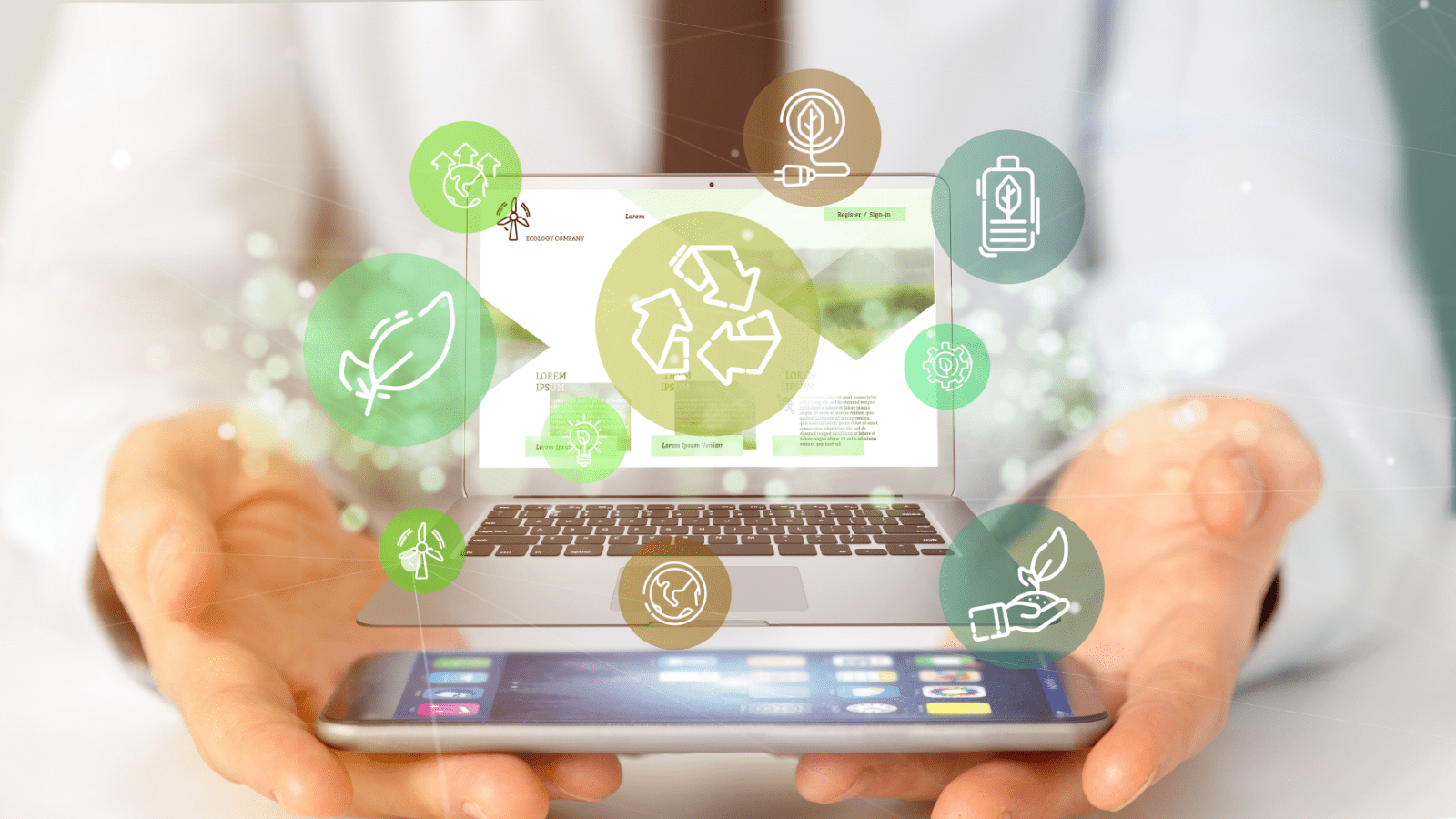
Trend watch: Top 7 types of packaging materials that are industry favorites today
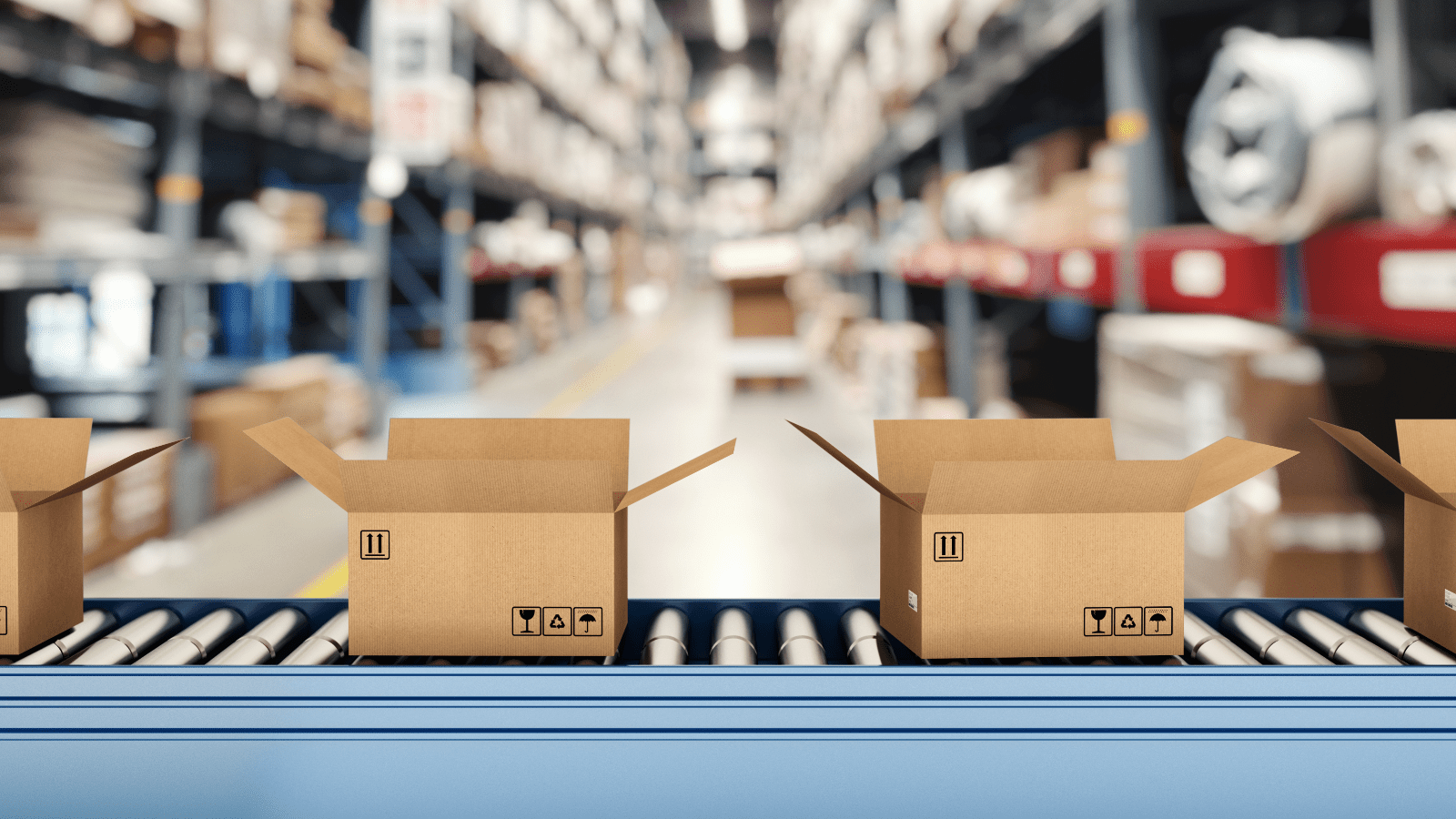
Trend watch: Top 7 types of packaging materials that are industry favorites today

The global packaging market is one of the fastest-growing economic segments today. In India, too, the packaging industry — worth over $917 billion in 2019 — is growing at a CAGR of 2.8% and is expected to hit the $1.05 trillion mark by 2024. If your business operates in this dynamic market segment, it is imperative that you remain aware of what’s driving the packaging sector and what your peers are doing.
One such essential trend to watch is what packaging materials are the industry favorites in the current scenario. Here’s a closer look at the seven most common packaging materials businesses use today.
1. Paperboard boxes
Boxes made of paper and paperboard are among the most common types of packaging used today. Paperboard is available in different varieties like kraft paper and SBS paperboard. It is typically preferred by businesses in the food and beverage industry, although paper packing is also standard in transporting electronics, cosmetics, chemicals and even heavy goods.
2.Corrugated boxes
Valued at $70 billion in 2022, the corrugated packaging market is one of the fastest-growing segments in the industry. Since most corrugated boxes are entirely recyclable, this is one of our most sustainable packaging options. Corrugated packaging is suitable for various products like food, textiles, electronics, healthcare goods and more.
3.Plastic packaging
Plastic packaging is everywhere, from bottles and boxes to cups and bags. Data shows us that the global plastic packaging market is growing at a CAGR of 4.2% today. Despite this, plastic remains a global concern since it is highly unsustainable. It is why many companies prioritise using plastic-free packaging, or at the very least, recyclable plastic.
4.Rigid box packaging
A tad bit more luxurious than corrugated boxes and paperboard packaging, rigid boxes are around four times thicker. So, they are typically preferred for premium products like mobile phones, jewelry, watches, expensive electronics and other luxury goods. In addition to being sustainable, rigid boxes also offer superior product protection and brand value addition.
5.Metal packaging
The growth of e-commerce and retail, the rise in global Predominantly used in the food and beverage industry, metal packaging can be sustainable depending on the material used. Aluminum tops the list of sustainable metal packaging since it is easy to recycle and results in minimal wastage. Tin is also another sustainable packaging option in this category.
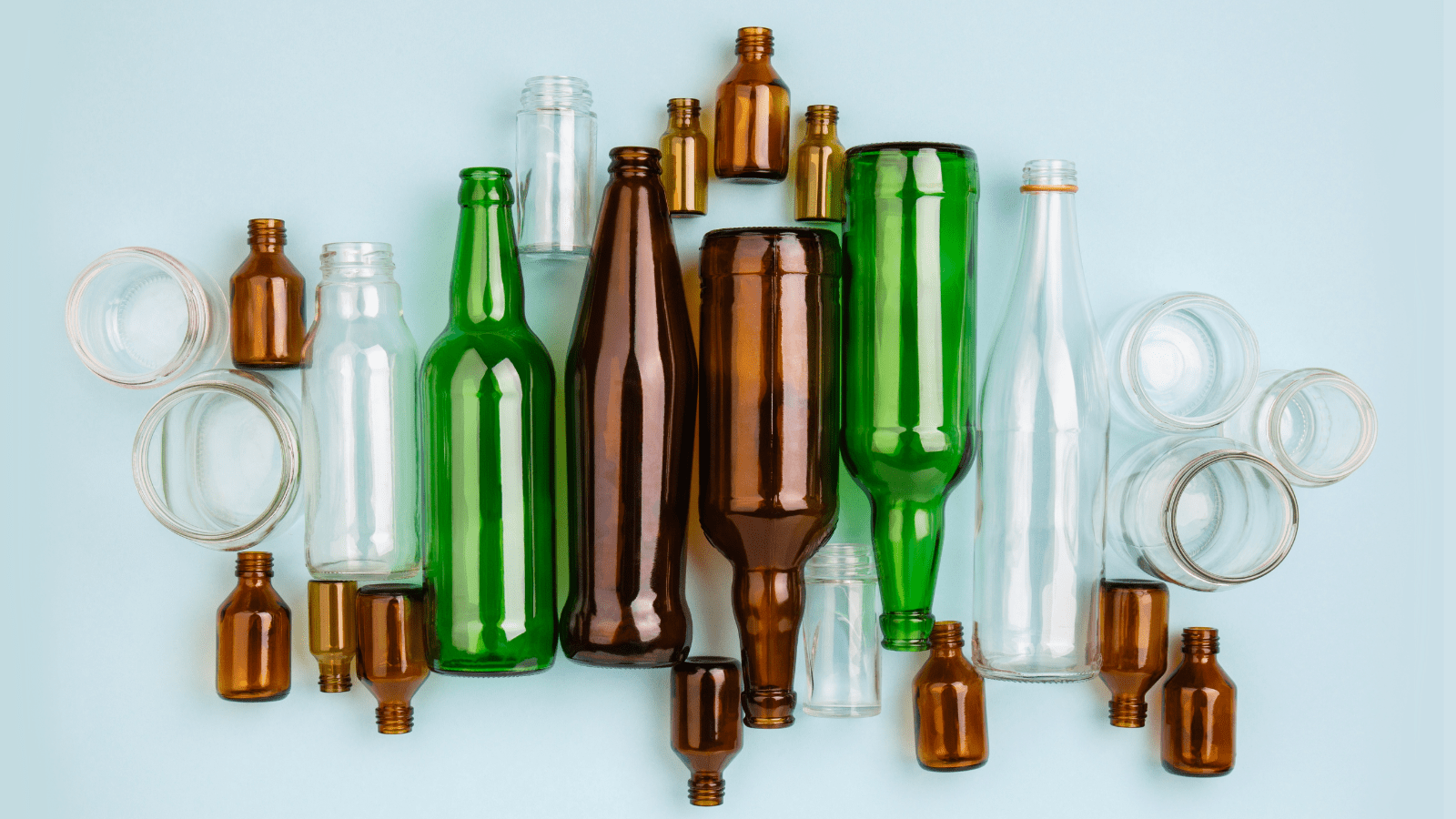
6.Glass packaging
Glass is also a sustainable choice for businesses looking to switch to plastic-free packaging. Best suited for premium food and beverage products, glass packaging is also preferred for other products like chemicals, medicines, cosmetics and more. But, on the flip side, it is pretty expensive and fragile.
7.Flexible packaging
Due to its ease and convenience, flexible packaging is quickly becoming one of the industry’s most preferred types of packaging. This kind of packaging is cost-effective, and rescues waste. It is made from pliable materials like paper, foil, coated paperboard or polymer films.

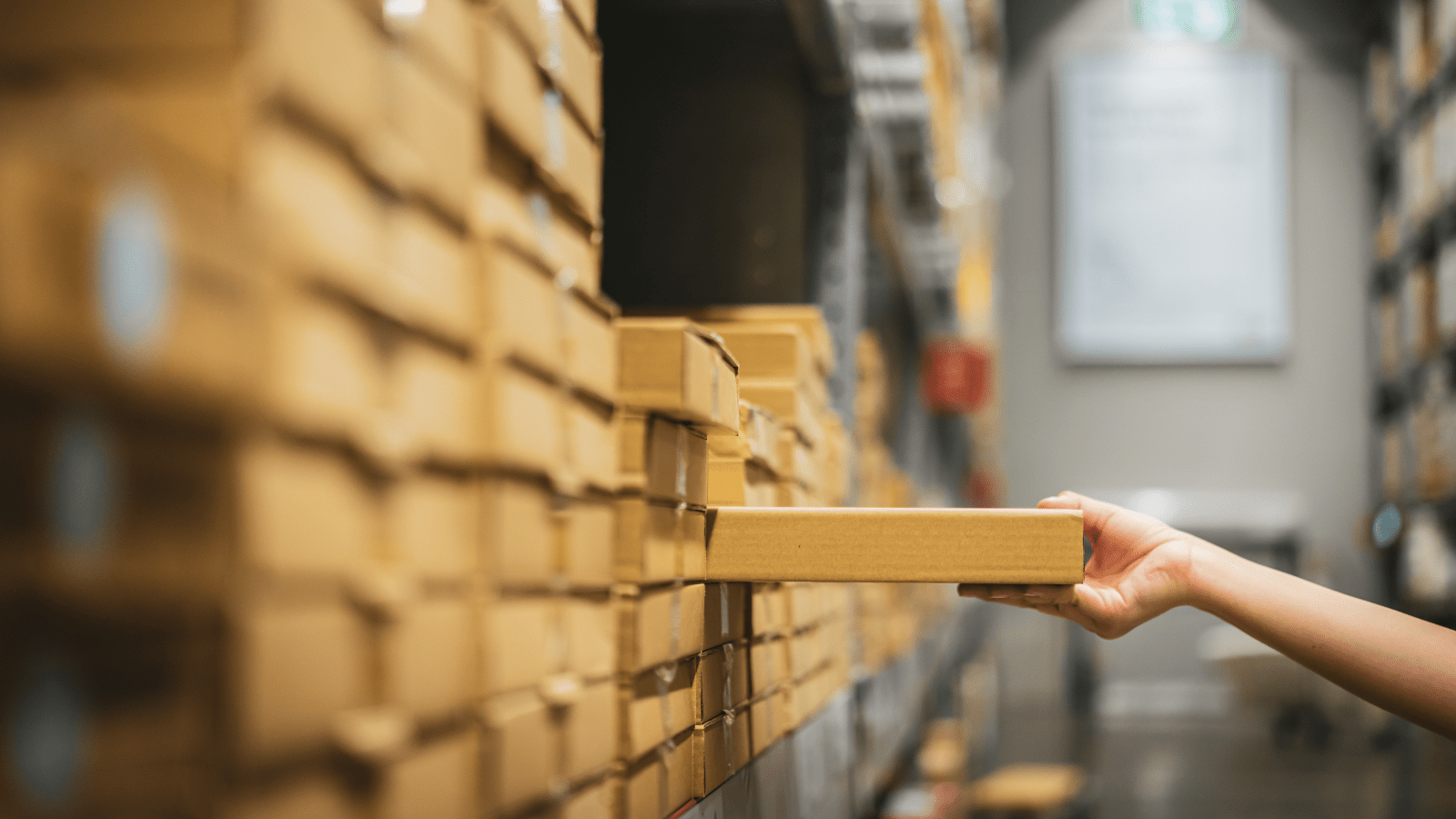
What packaging materials are you choosing today?
There’s no denying that it’s easy to opt for the most common packaging materials in the market. However, sustainable options like plastic-free and recyclable packaging are the need of the hour. And businesses keen on remaining at the top of the game over the long run need to strike the right balance between what’s easy and what’s right.
A competent packaging solutions provider like Moglix can help you make the right choice with innovative and competitive primary, secondary and tertiary packaging solutions. Visit our website to know more.
Key trends molding the future of packaging
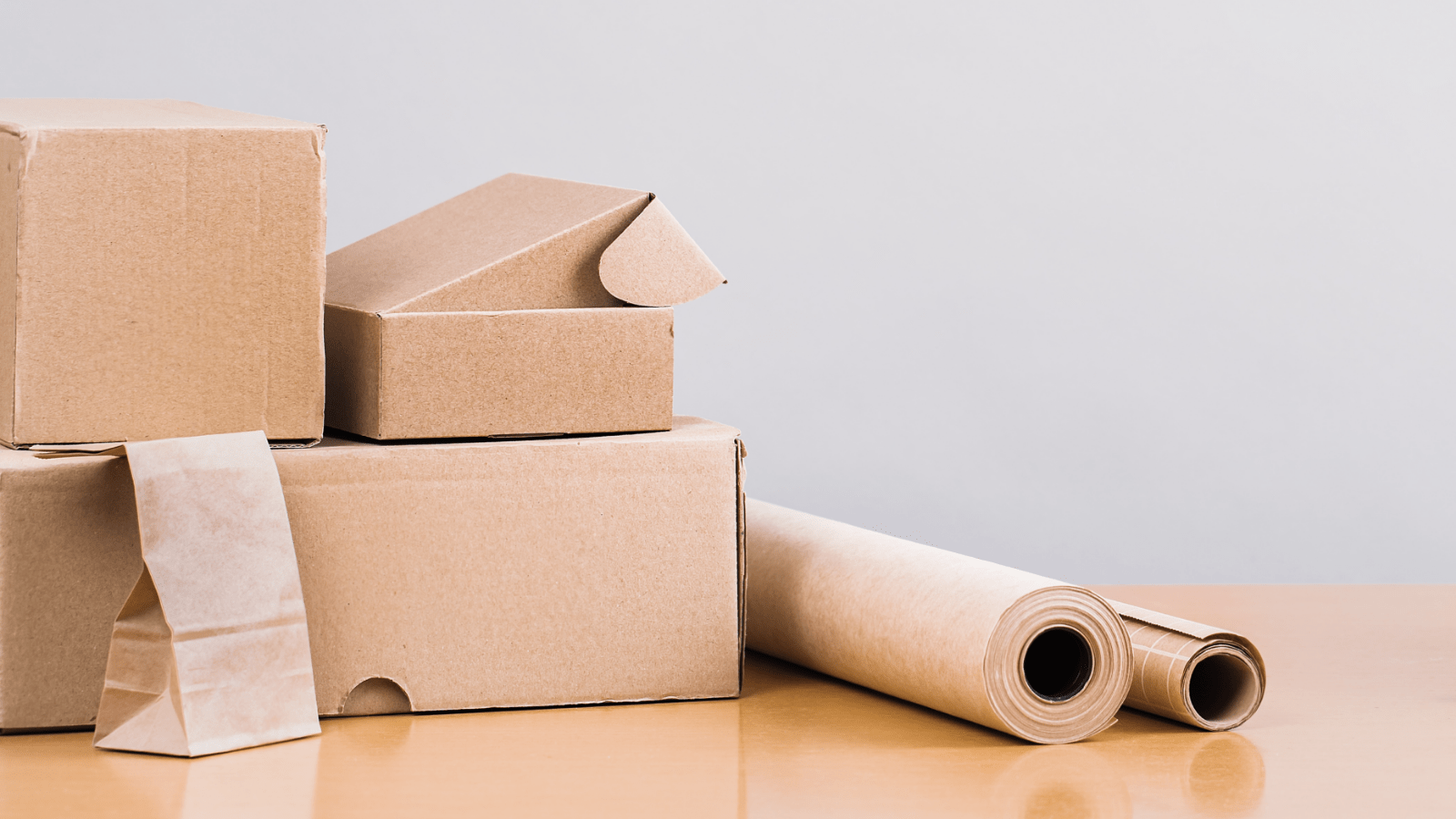
Key trends molding the future of packaging
On a global scale, the packaging industry is one of the fastest-growing economic segments today. A recent study by the reputed market research store ‘Research and Markets’ reveals that the packaging sector could grow by over $220 billion by 2027. Looking back at the decades, McKinsey & Company has identified three defining eras in the global packaging industry. The first two — from 2000 to 2020 — were marked by substrate shift changes and changing consumer behavior.
The current era of packaging, however, is characterized by extensive digitization and sustainable packaging. Therefore, businesses in the packaging sector need to be aware of the key trends driving this industry phase, so they can stay ahead of the curve by adopting the necessary best practices.
4 key trends shaping the future of packaging
Here is a preview of the top trends driving primary and secondary packaging today.
1. Sustainability at the forefront
Businesses today are starting to prioritize sustainability and environmental awareness. As a recent global survey by McKinsey & Company revealed, around 75% of packaging purchasers are committed to choosing sustainable options. To remain in the game, organizations need to align their processes with the principle of sustainability and take active steps to become — and remain — environmentally friendly.
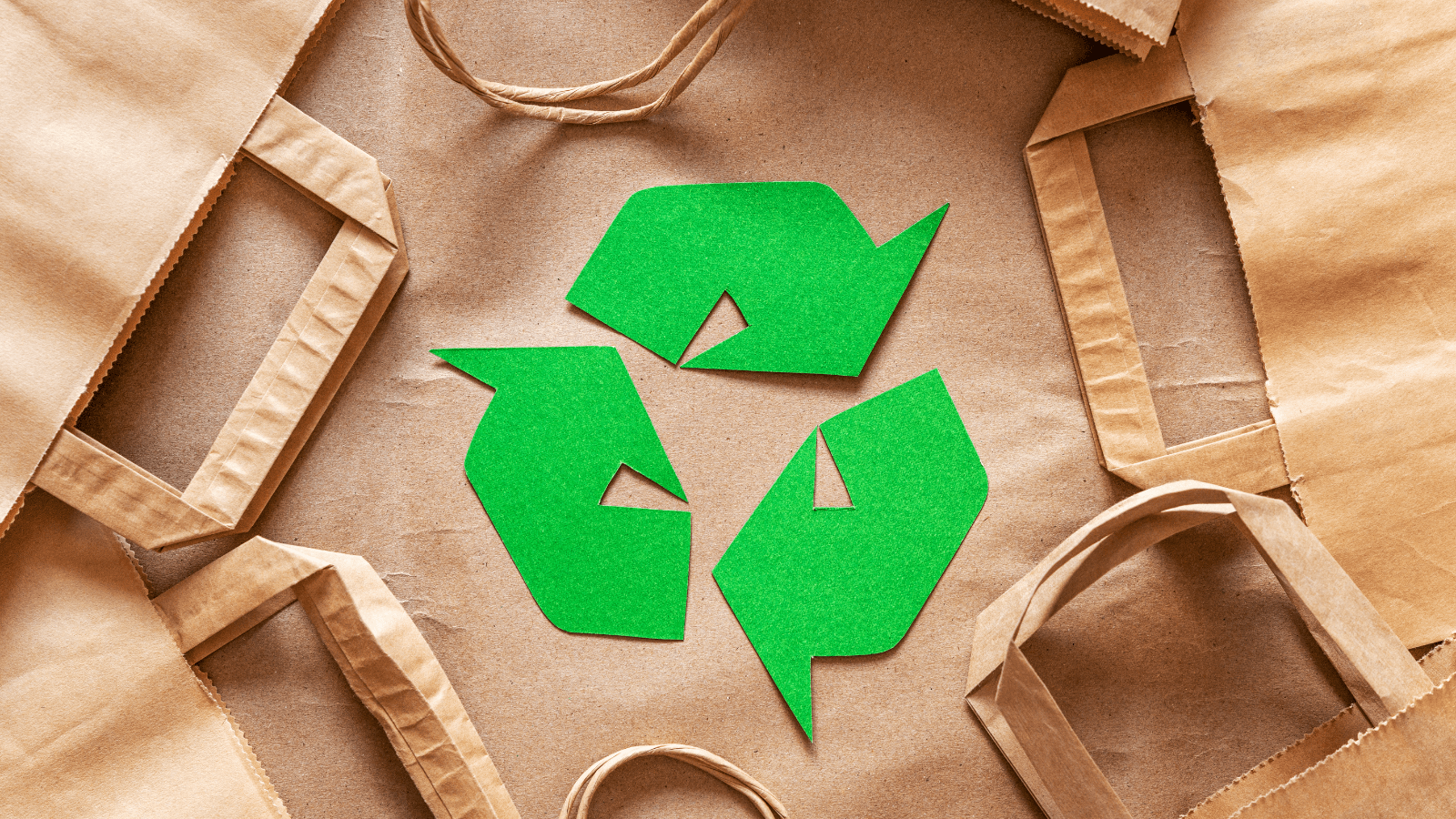
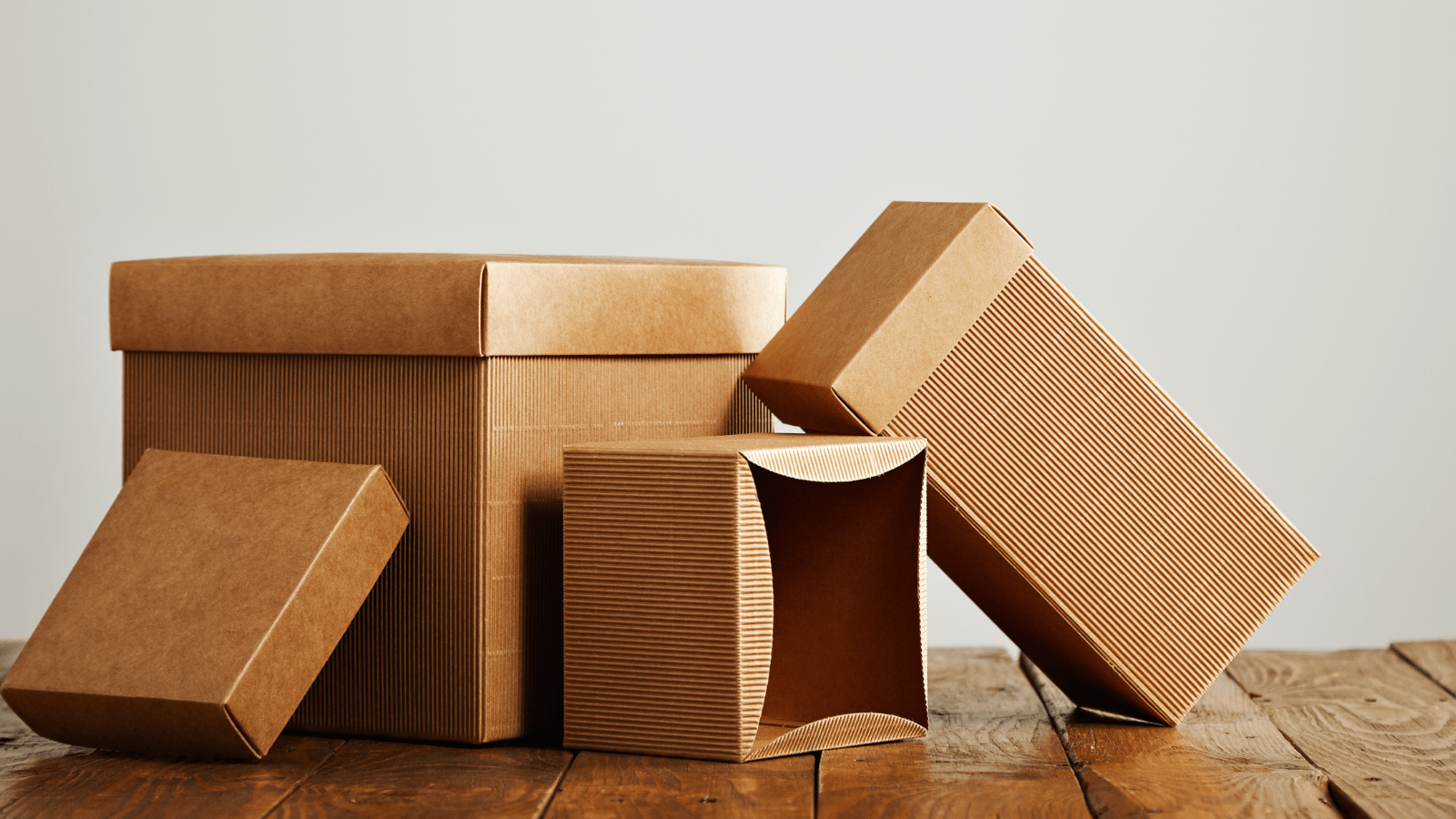
2.Personalized packaging
Personalization, which can be easily integrated into both primary and secondary packaging, is another increasingly trending concept in the 21st century. With a personal touch becoming even more essential after the pandemic, it’s no surprise that the global personalized packaging market hit the $32.57 billion mark in 2021 and is expected to grow at a CAGR of 5.28% by 2030.
3.Increased preference for flexible packaging
Flexible packaging is convenient, easy to store, and highly practical. When done right, it has better shelf appeal, offers improved cost economics, and is well-suited for eCommerce. Owing to its many advantages, flexibility is becoming another trending packaging requirement in the current era. Businesses can also marry the goal of sustainability with flexibility by choosing materials that check both these boxes, like paper, fabric and recyclable plastic.
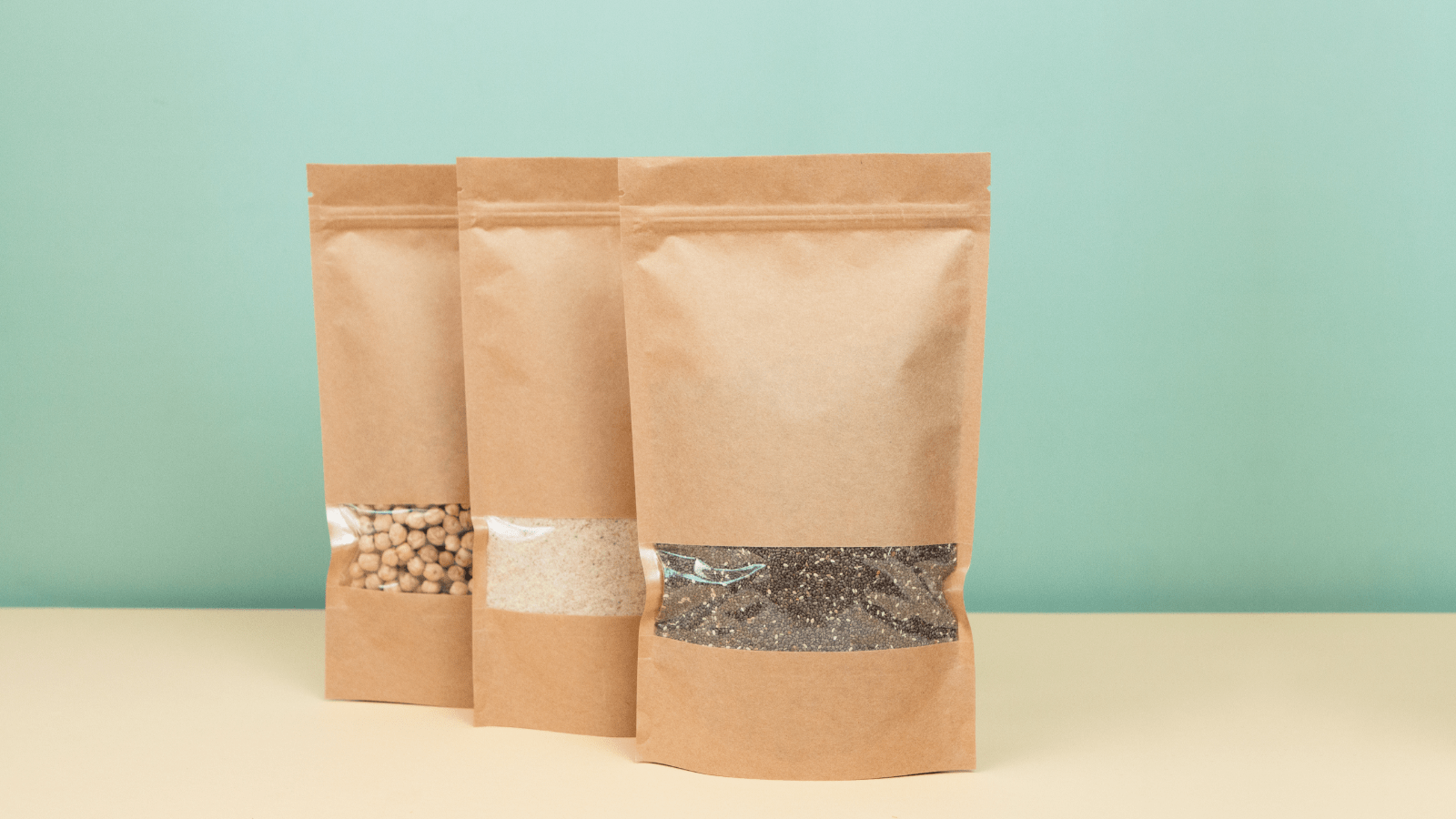
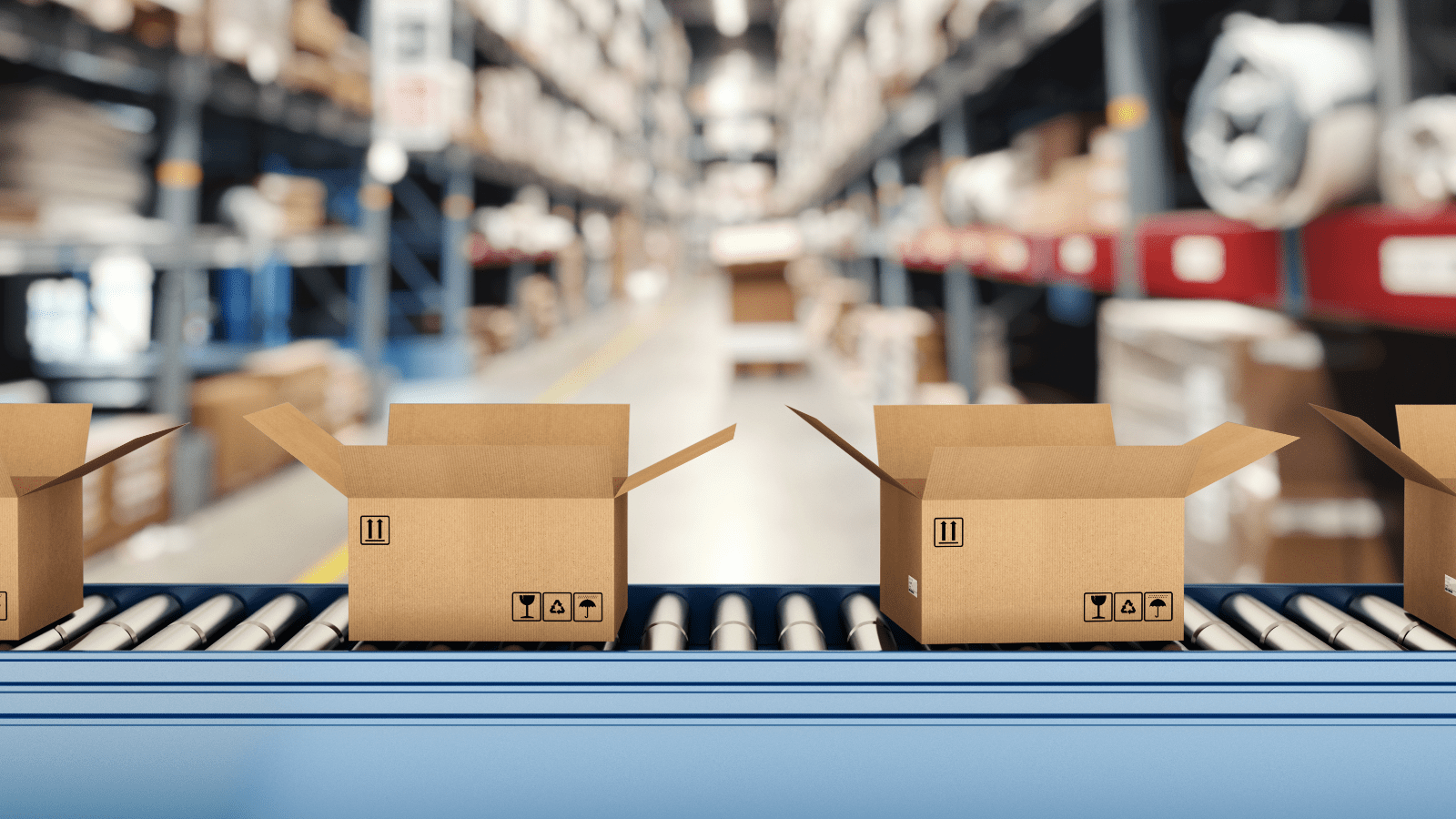
4.Smart packaging solutions
Digitization is changing the packaging sector, and the rising trend of innovative packaging solutions is proof of this. Intelligent packaging solutions like biosensors, temperature and freshness indicators and even data carriers like barcodes and RFIDs are revolutionizing packaging as we know it today. Businesses that keep pace with these trends will likely have a head start in the race to the future.
5.Focus on smart and reliable export packaging
The growth of e-commerce and retail, the rise in global food demand, globalization, and the expansion of design and innovation in the product lines of well-known multinational firms all impact the expansion of global trade. Therefore, we may expect to see a trend that focuses on creating smart, reliable, cost-effective export packaging in the coming years.
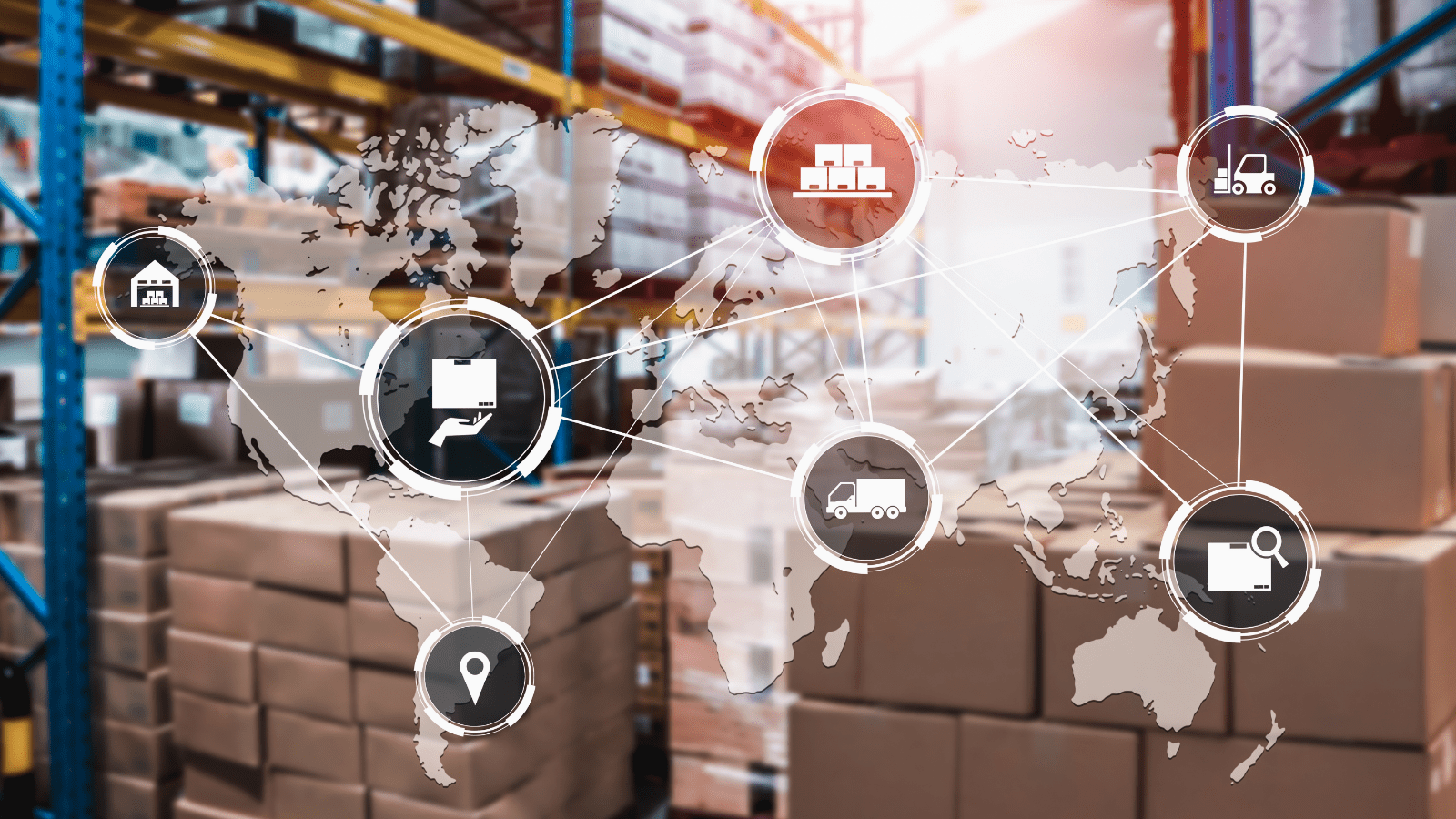
Want to keep up with the future? Choose the right packaging solutions provider today.
The right packaging solutions provider can help your business easily navigate the new era of sustainable packaging. Choose Moglix to get the advantage of comprehensive sustainability and compliance solutions, quality adherence, vendor consolidation, and inventory management. Visit our website to learn more.
Moglix helping companies solve their enterprise packaging challenges
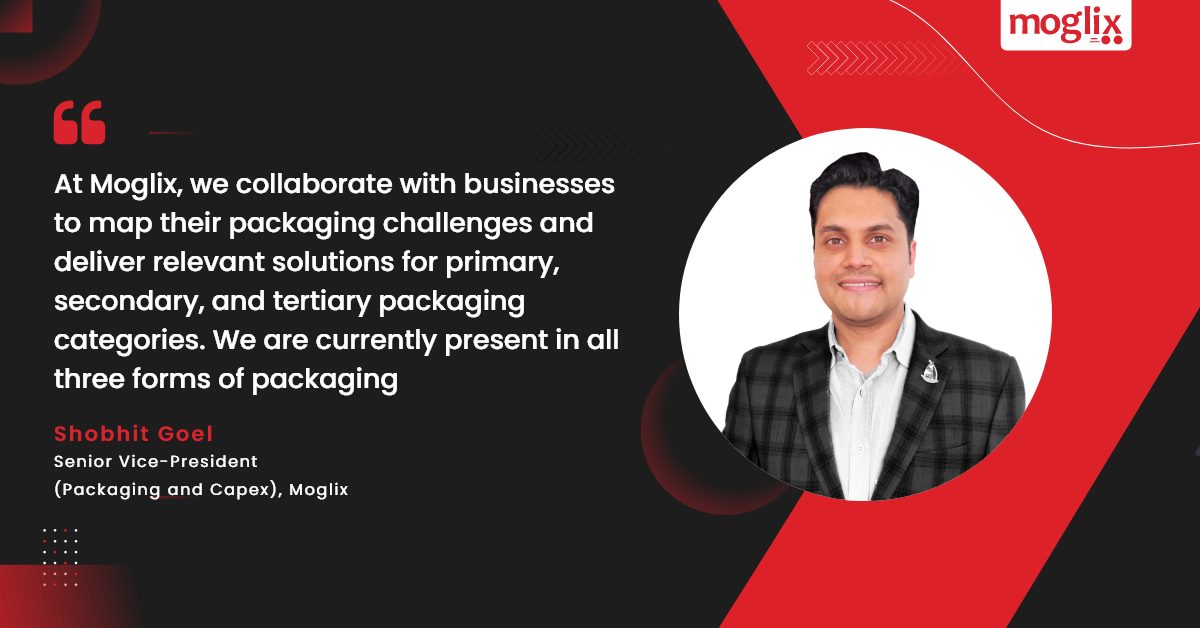
Moglix helping companies solve their enterprise packaging challenges
The packaging vertical of Moglix claims to meet the needs of around 70 percent of e-commerce orders in the country. Shobhit Goel in discussion with Paper Mart shares insights on how Moglix is helping companies gain visibility with aesthetically crafted packaging Solutions
PM: Please shed some light on Moglix and the key accomplishments of the company so far?
SG: The digital supply chain ecosystem of Moglix brings together 7 lakh+ SKUs of indirect procurement, packaging, infrastructure construction materials, made-to-order manufacturing, and supply chain cloud SaaS products to create the largest catalog for B2B commerce in India.
“Moglix Solutions has been able to transform MRO procurement and packaging for global enterprises using a state-of-the-art unified procurement platform. At present, we are working with over 600 large-scale enterprises.”
PM: Please tell us about the product range on the platform.
SG: As I mentioned earlier, we have several verticals, such as MRO, infra solutions, manufacturing as a service, fashion and packaging. With respect to Packaging solutions, we at Moglix, collaborate with businesses to map their packaging challenges and deliver relevant solutions in the primary, secondary and tertiary packaging. We currently serve all three types of packaging.
PM: What are the future plans of the company?
SG: This is just the beginning! We believe that paper is a strong segment and will continue to focus on that aspect.
“There is a scope for improvement in R&D, and assessing the ways to make paper packaging even more sustainable and reduce the carbon footprint of the paper mills.”
The company brings complete packaging supply chain solutions all in one place

The company brings complete packaging supply chain solutions all in one place
Rahul Garg founded Moglix in 2015 to bring the ease, speed and convenience of E-commerce to the B2B world. This manufacturing sector company is a B2B E-Commerce startup providing services for procurement of industrial products such as MRO items and Packaging.
As a contract aggregator and supplier of packaging materials since 2019, the company has worked for brands such as Zomato, Swiggy, Lenskart.com, IRCTC, Comesum, Rebel Foods, and several others. In packaging supply chain procurement, its efficiency comes from its expertise in leveraging volume purchasing with the use of digitalization, vendor consolidation, product and pricing uniformity, benchmarking, and new product development.
The company offers primary, secondary and tertiary packaging made of all materials – paper, plastics and films, metal or glass. Packaging types and formats include food trays, pet bottles and jars, laminates, sachets, pouches, kraft sealable bags, lamitubes and many more.
Moglix’s onsite delivery of sustainable SKUs such as paper bags, compostable bags, molded trays, bagasse trays, cotton carry bags, and bespoke biodegradable packaging are provided to more than 25,000 pin codes. The company inventory management stretches across its 35 warehouses across the country. Food and beverages, E-commerce, ePharma, and logistics are the company’s main customers and its packaging materials fulfill more than 70% of the E-commerce industry’s packaging demands.
The company’s USP is in its ability to provide complete packaging and supply chain solutions in one place. The customer does not need to go to another platform to find the component. Customers are provided with access to a buyer’s portal where they can track their current order along with re-ordering.
The company’s business is scalable as Shobhit Goel, Senior vice-president of Packaging and CapEx at Moglix adds, “We operate as an entire ecosystem of packaging supplies right from raw material to the finished product. We have recently kicked off operations in the UAE and are planning to tap the global market.”
The Complete Package – How Grocers Will Keep Pace with Online Consumer Shift

The Complete Package – How Grocers Will Keep Pace with Online Consumer Shift
The Indian online grocery delivery sector competition has ramped up massively over the last three months. Since e-commerce grocery retailers have upped their commitments to customers on the delivery time, a tidal wave change is underway in the online grocery shopping experience. It can put a lot of demand on the speed and sustainability of product packaging. Post pandemic, there has been a sizable shift in the audience ordering grocery online, with some reports indicating a change in more than 25% from offline to online. The number is only set to grow further.
The Indian online grocery market will grow at a CAGR of 36% to reach approximately $38 billion by 2028. While safety and food quality should always take precedence, secondary packaging options can address most of the delivery needs of grocers. In response, packaging may demand a sizable upfront investment to Grocers, but over time, it will encourage customers to make repeat purchases and gradually shape consumer loyalty.
Here is what will drive the packaging ecosystem for Grocers, aggregators, and consumers:
Aggregators role for grocers: As more consumers shift to online grocery shopping, grocers will have to cater to bulk packaging supplies across categories. Packaging aggregators will play a crucial role by providing a convenient one-stop-shop solution for all types of packaging required by grocers. Furthermore, the balanced offering of quality packaging products/materials at an optimized cost with exceptional customer service will become essential.
At Moglix, we have strong pillars to deliver on our customers’ commitment to ensuring millions of Indians have access to fresh goods when desired. Firstly, a dedicated NPD team works closely with customers to simplify packaging demands and bring down complexity across various food categories. This helps save development time and material costs and enables a more sustainable footprint for each ecosystem link.
Aggregators need to also position themselves as the source of innovation and capitalize on new trends in packaging. A few examples of these trends are:
- Replacing bubble wrap with packing peanuts made out of corn or honeycomb structure
- Use of high strength to weight ratio fabric with minimum weight to insulate material in saddlebags
- Engineered corrugated cases as per the supply chain requirement
Trends and Advancements in Grocery Packaging: What’s New?
Extending the Shelf-Life of Edibles
Trends and advancements regarding perishable food items are also critical – e.g., There is a rising acceptance that the salt used for preserving meat items needs to be avoided for health issues and replaced with natural ingredients. Instead, lactate solutions have a bacteriostatic effect on meat and extend shelf life by 50-100%.
Sustainability and Compliance
Grocers have been using food-grade polymers, but there is a widespread shift towards sustainability with time. Materials have to be compliant with government regulatory norms, like the minimum microns rating will be increased from 50 to 125 from July 2022.
Material Use
From a material point of view, grocers need to familiarize themselves with PCR grade packaging material (PCR PET & PCR PE) for poly bags compostable polymer grades like PLA and starch-based films.
Last-Mile Delivery and Distribution
As the penetration of delivery services increases, grocers can take advantage of integrated aggregators like Moglix, which offers an unprecedented distribution footprint (35k pin codes), a unified supplier base that brings tremendous savings due to economies of scale.
Technology Integration in the Supply Chain
Technology or platform-oriented aggregators offer higher visibility and control on inventory, reduce wastage through Just In Time delivery, and improve customer service benchmarks. This allows grocers to integrate technology suppliers, category expertise, logistics, and warehousing in a single supply chain ecosystem.
With their packaging needs well taken care of, grocers can focus on reducing inventory wastage and engage with their customers for a more significant business impact.
